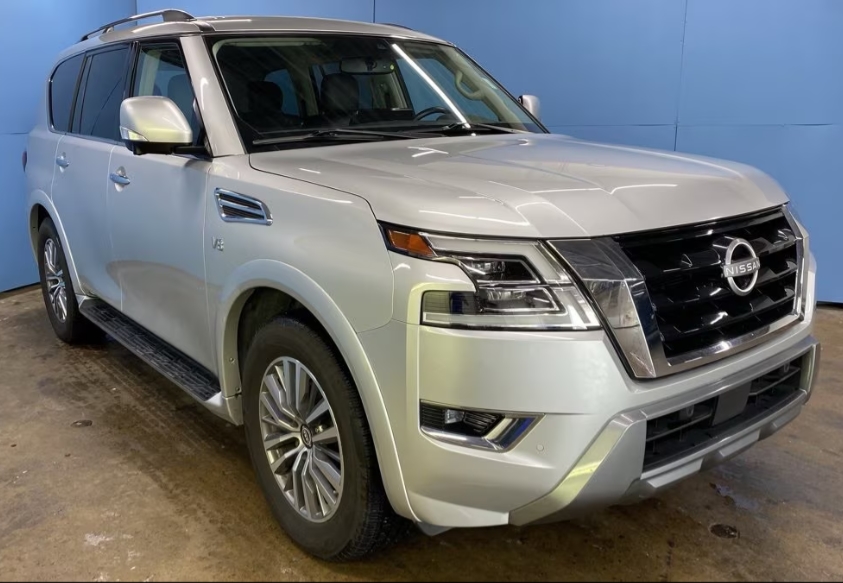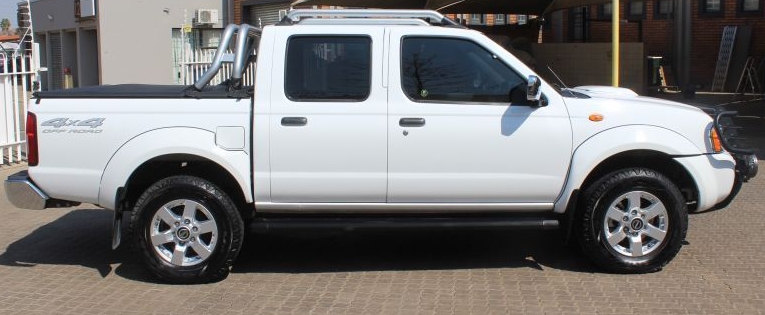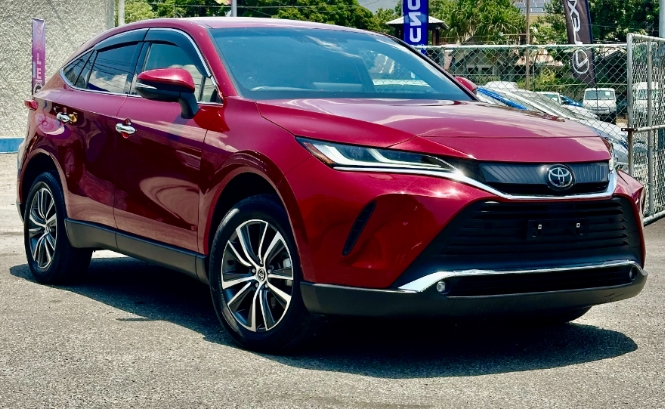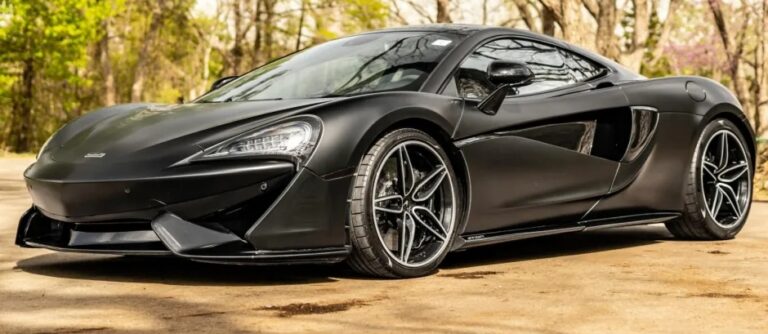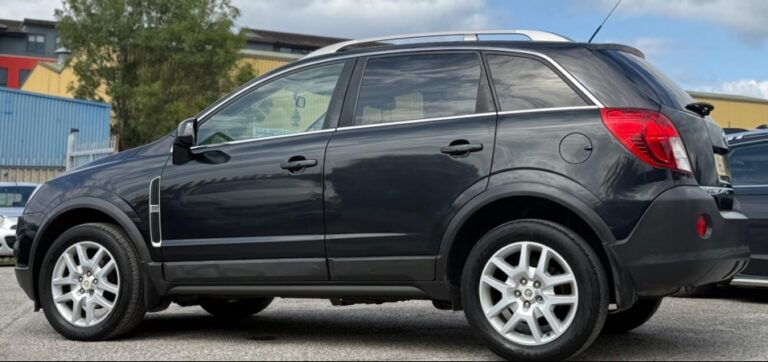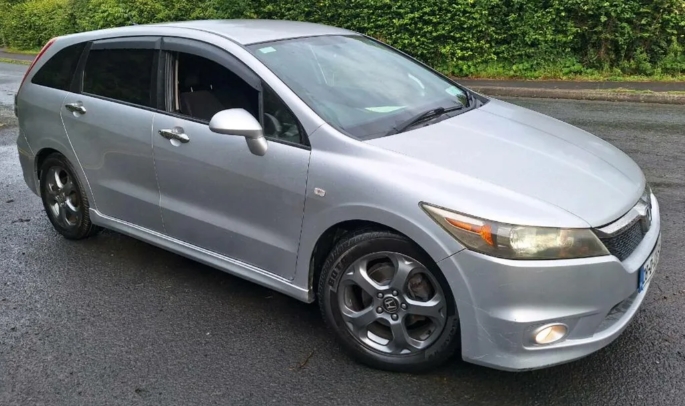The Evolution of the Nissan Armada
The Nissan Armada is a full-size SUV that has established itself as a prominent player in the large SUV segment in North America. Known for its impressive towing capacity, spacious interior, and robust V8 powertrain, the Armada has undergone significant changes since its inception. This article traces the evolution of the Nissan Armada from its debut to the present, detailing production years, model generations, and the variety of trim levels offered throughout its history.
Origins and Introduction (2004–2015)
First Generation (2004–2015): The Pathfinder Armada
The Nissan Armada was introduced in the North American market in 2004 as a successor to the Nissan Pathfinder Armada, which was based on the Nissan Titan pickup truck platform. Unlike the Pathfinder, which was a midsize SUV, the Armada was a full-size SUV designed to compete with vehicles like the Toyota Sequoia, Ford Expedition, and Chevrolet Tahoe.
Development and Platform
The first-generation Armada was built on Nissan’s F-Alpha platform, which was shared with the Nissan Titan pickup. It featured a body-on-frame construction, emphasizing durability, towing capacity, and off-road capability. It was designed primarily for the North American market, with a focus on family utility and rugged performance.
Model Years and Key Features
- Production Years: 2004 to 2015
- Initial Release: 2004 model year
- End of Production: 2015 model year
Trim Levels
At launch, the 2004 Armada was available in several trims, including:
- SE: The base trim, offering essential features like cloth upholstery, rear-wheel drive (RWD), and optional four-wheel drive (4WD).
- LE: Added features such as upgraded interior materials, power accessories, and upgraded audio.
- Off-Road Package (optional): Available on SE and LE trims, featuring off-road-specific features like skid plates, tow hooks, and upgraded shocks.
- Platinum (later in the cycle): Top-tier trim with luxury features, leather upholstery, premium sound systems, and additional amenities.
Over the years, Nissan introduced various updates, including styling refreshes, interior upgrades, and technology enhancements. Notably:
- 2009 Facelift: A mid-cycle refresh brought a new front grille, revised headlights, and interior updates.
- 2014 Model Year: A significant refresh that modernized the front fascia, added new wheel designs, and updated interior technology.
Powertrain
Throughout its first generation, the Armada was equipped with a 5.6-liter V8 engine, the VK56DE, producing approximately 305 horsepower and 385 lb-ft of torque. It was paired with either a five-speed automatic transmission (2004–2009) or a seven-speed automatic introduced in later models to improve fuel efficiency and performance.
Notable Features
- Towing capacity of up to 9,100 pounds
- Available four-wheel drive
- Rearview camera (introduced in later models)
- Optional DVD entertainment system
- Advanced safety features gradually added over the years
Second Generation (2017–Present)
Following its discontinuation after the 2015 model year, the Nissan Armada was reintroduced as a completely redesigned, second-generation model for the 2017 model year. This marked a significant shift in strategy, with Nissan moving toward a more refined, luxury-oriented full-size SUV built on a different platform.
Development and Platform
The second-generation Armada is built on Nissan’s F-Alpha platform, shared with the Nissan Titan pickup. However, unlike the first-generation model, which was body-on-frame, the new Armada features a fully unibody construction, aligning it more closely with luxury SUVs like the Infiniti QX80 and adding to its on-road comfort and handling.
Production and Availability
- Production Began: 2016 for the 2017 model year
- Current Model Year: Continues to be produced as of 2023
Design and Features
The new Armada boasts a bold, modern exterior design with a prominent grille, sleek LED headlights, and muscular lines. Inside, it offers a luxurious cabin with premium materials, advanced technology, and a focus on passenger comfort.
Model Years and Updates
- 2017: Launch year, with standard features and initial trims
- 2018: Minor updates, including new standard safety features
- 2020: Addition of ProPILOT Assist and other driver-assist technologies
- 2022: Mid-cycle refresh with updated styling, new interior options, and enhanced technology
- 2023: Latest model year with further refinement and feature upgrades
Trim Levels and Variants Over the Years
First Generation Trims (2004–2015)
The first-generation Armada was offered in several trim levels, with variations depending on the year and market:
- S: The base model, with essential features and cloth seats.
- SE: Slightly upgraded, with additional comfort features.
- LE: Well-equipped, with upgraded interior and exterior features.
- Off-R-Road Package: Available on some trims for enhanced off-road capability.
- Titanium/Platinum: Top-tier luxury trims featuring leather seats, premium audio, navigation, and other upscale amenities.
Throughout its run, Nissan offered various optional packages, including towing packages, technology packages, and luxury packages to enhance specific aspects of the vehicle.
Second Generation Trims (2017–Present)
The second-generation Armada’s trim lineup has been streamlined but offers a range of configurations:
- SV: The base trim, offering essential features such as a V8 engine, rearview camera, Bluetooth, and a 13-speaker audio system.
- SL: Adds leather upholstery, heated front seats, an upgraded sound system, and a power liftgate.
- Platinum: The top-tier trim, featuring premium leather, advanced driver-assistance systems, a 360-degree camera system, and a premium audio system.
- Optional Packages: Including technology packages, towing packages, and premium interior packages, allowing buyers to customize their vehicles further.
Notable Features and Technological Advancements
Over its decades of production, the Nissan Armada has incorporated numerous technological and safety features, reflecting advancements in automotive engineering.
First Generation Highlights:
- Towing and Payload: Known for its impressive towing capacity, especially in the first-generation models.
- Off-Road Capabilities: Available with off-road packages for rugged terrain.
- Entertainment: DVD entertainment systems for rear passengers, especially in higher trims.
- Safety Features: Anti-lock brakes, stability control, and optional side airbags.
Second Generation Highlights:
- Driver-Assist Technologies: Introduction of Nissan’s ProPILOT Assist, blind-spot monitoring, and predictive forward collision warning.
- Connectivity: Apple CarPlay, Android Auto, and Wi-Fi hotspot capabilities.
- Luxury Amenities: Panoramic sunroof, premium audio systems, and climate-controlled seats.
- Safety: Nissan Safety Shield 360 suite, including automatic emergency braking, lane departure warning, and rear cross-traffic alert.
Production and Market Presence
The Nissan Armada has maintained a strong presence in the North American full-size SUV market, appealing to families needing space and towing capacity, as well as individuals seeking a rugged yet comfortable vehicle.
First Generation (2004–2015): The Armada filled a niche for a dedicated full-size SUV with off-road and towing abilities. Its production was primarily at Nissan’s plant in Canton, Mississippi.
Second Generation (2017–Present): The reintroduction of the Armada marked Nissan’s renewed focus on the large SUV segment, competing with models like the Toyota Sequoia, Chevrolet Tahoe, and Ford Expedition.
.
RepairSurge Online Repair Manuals Replace Bulky Books With Reliable Digital Information!
Faster And Cheaper Than Traditional Printed Manuals, Users Get Instant Access To The Repair Information They Need For Any Car, Truck, Van or SUV:
.
Future Outlook
As of 2023, Nissan continues to refine the Armada, with rumors of future updates that may include hybrid powertrains or further technological enhancements. However, given current trends toward electrification and advanced driver-assistance systems, the Armada’s future likely involves integrating more eco-friendly power options and autonomous driving capabilities.
Conclusion
The Nissan Armada has evolved significantly since its debut in 2004. From its rugged, body-on-frame origins aimed at off-road and towing capabilities, to its modern unibody, luxury-oriented second-generation model, the Armada has adapted to changing consumer preferences and technological advancements. Its lineup of trims has expanded from utilitarian base models to highly equipped, luxury SUVs with a suite of safety and connectivity features. As Nissan continues to develop its SUV lineup, the Armada remains a key model representing the brand’s commitment to offering a powerful, versatile, and comfortable full-size SUV for a diverse range of drivers.
